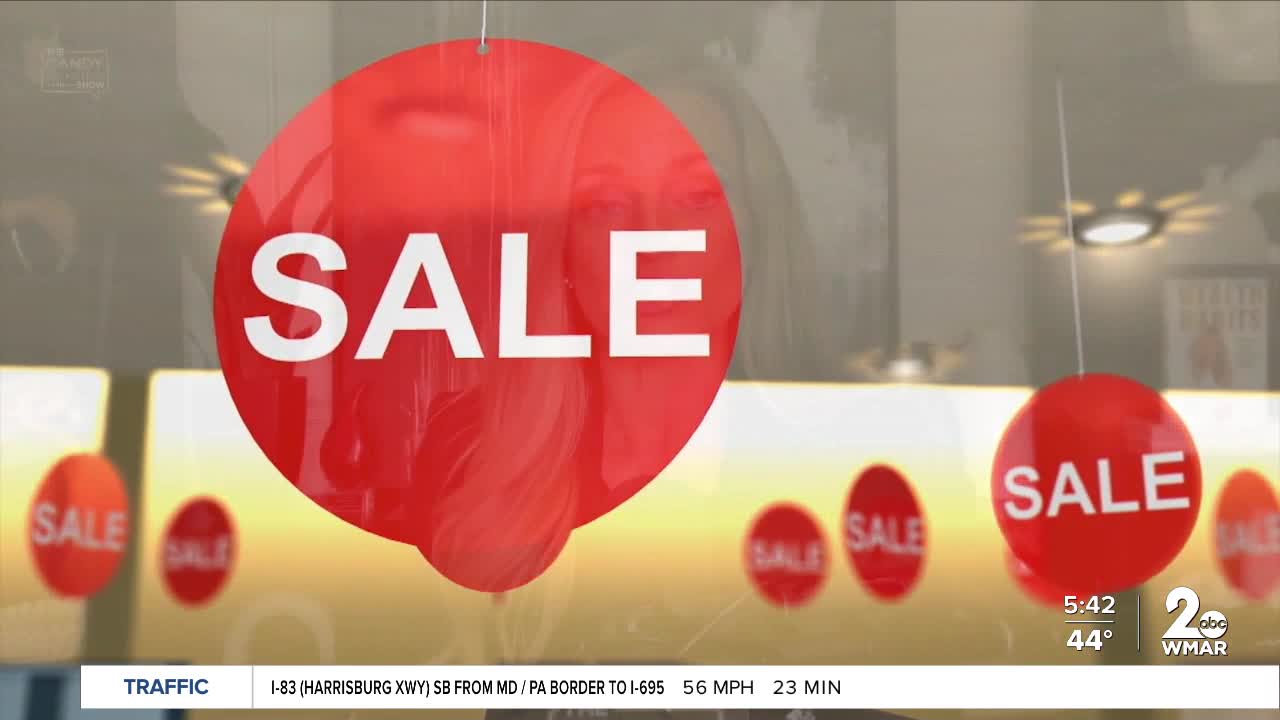When discussing finances, the conversation often revolves around how to earn more money. While making money is certainly important, an equally crucial aspect is understanding wealth habits and how much of that money we actually keep. Focusing solely on income can lead us to fall into various financial traps that hinder our progress.
One common pitfall is known as "spaving," which is the practice of spending money to save money. We've all experienced it— those enticing buy one, get one free offers, the allure of free shipping with a minimum purchase, or the urgency of a limited-time sale. As entrepreneurs, we know how effective these marketing tactics can be. However, if you're trying to pay off debt, invest in your business, or grow your investment portfolio, these strategies can lead you astray.
To help you avoid the spaving trap, here are three essential steps to consider before making a purchase:
- Assess Your Needs: Before buying an item, ask yourself, "do I really need this, or is this just clever marketing?" This simple question can help you differentiate between genuine needs and impulsive desires.
- Implement a Waiting Period: If you're contemplating a significant purchase, pause for 24 to 48 hours. This cooling-off period allows you to reevaluate whether the item is truly necessary.
- Unsubscribe from Temptation: If you find yourself consistently overspending with a particular retailer, consider unsubscribing from their marketing emails. Reducing exposure to these enticing offers can significantly decrease unnecessary spending.
The path to financial freedom requires a shift in mindset— from being solely a consumer to becoming an investor. While chasing discounts may fill your closet, pursuing meaningful financial goals will build your future. Remember, don't trade your hard-earned money for a fleeting discount.
Catch Your Money Minute with Candy Valentino Fridays on Good Morning Maryland.




